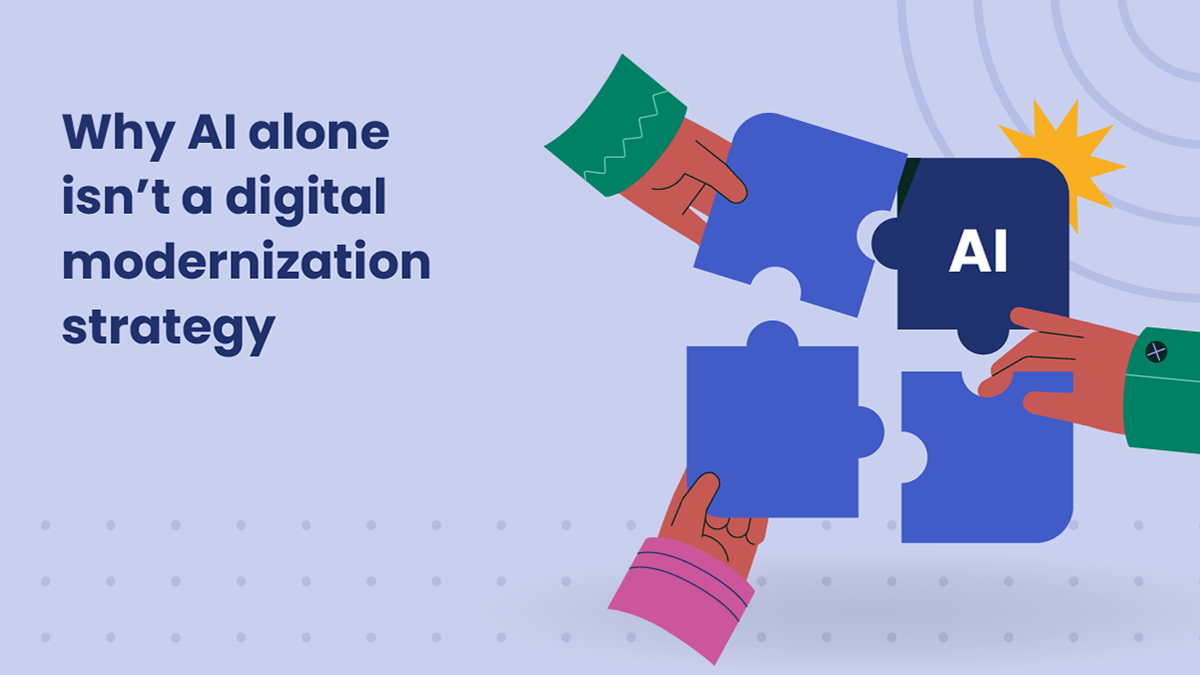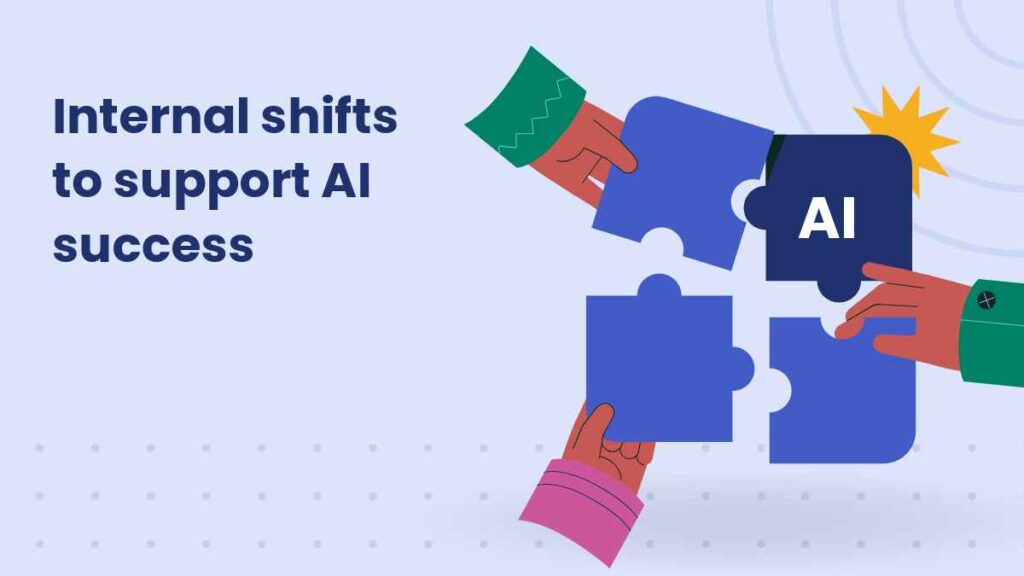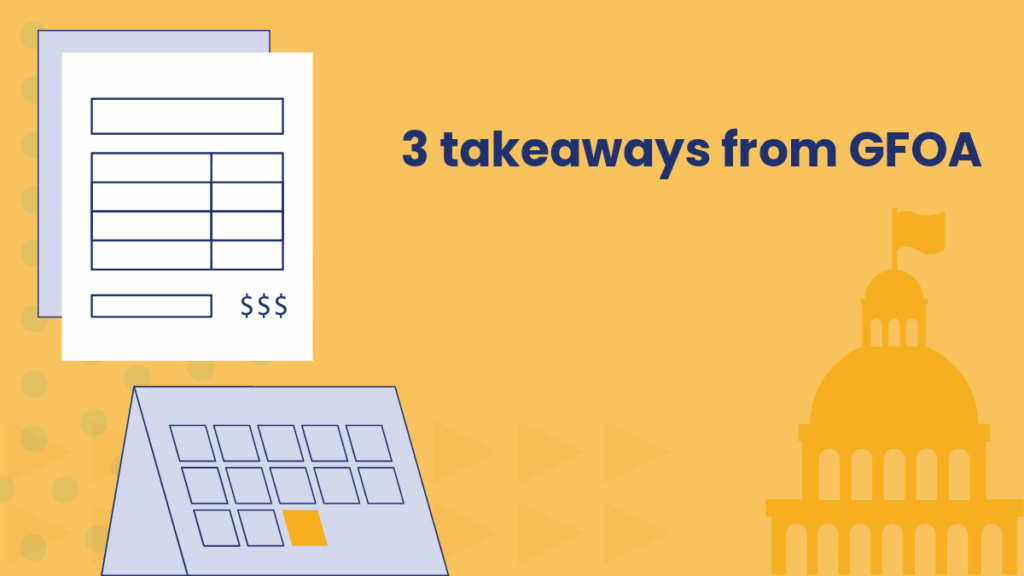Get to the core of modernizing digital government services

What’s the first thing most residents are going to do if they need to renew their driver’s license or pay their utility bill? Probably visit your website.
How easy is it for residents to pay their property taxes or for drivers to pay toll bills?
There’s so much focus on artificial intelligence (AI) integration as an indicator of modernization, but how usable is your digital experience right now? AI is the shiny new technology that everyone is talking about, but there are plenty of other important upgrades to consider first.
Modernizing digital government services starts with the basics
Just because your agency has an online presence doesn’t mean it’s easy for consumers to navigate. You can make a measurable difference for residents (and your agency) by leaning into modernization efforts that focus on the core parts of digital service.
Here are some of the most impactful digital government modernization projects that don’t rely on AI:
1. Upgrade the digital payment experience for government services
While private-sector businesses regularly offer e-commerce experiences with features like real-time payments and payment plans, government agencies often face significant challenges in modernizing their payment systems.
Many jurisdictions struggle with outdated digital infrastructure and rely on manual processes, resulting in inefficiencies, increased costs, and diminished public satisfaction. Despite almost 90% of government agencies offering an online payment option, adoption hasn’t necessarily kept pace — likely, due to a mismatch between consumers’ digital behavior and the agency’s online experience.
Consumer expectations for digital government payments
Consumers expect flexibility in payment methods for online transactions with the government — in fact, it was the most frequently cited expectation in our 2024 consumer study. Agencies are adding new payment methods as resident expectations evolve, but modernizing has been slow: Two years ago, only 26% of agency respondents reported they expected to expand the number of payment methods offered; yet, the ability to pay with a preferred method was a priority for 58% of consumers.
You’ll find more insights like these in our 2025 Digital Government Adoption Index:
- P2P payments have become more popular with consumers
- Checks are going away (only 20% of residents preferred to pay that way anyway)
These shifts will continue as more consumers abandon their checkbooks and adopt digital-first payments.
2. Aim for cohesion (data silos make it harder for residents, too)
In our recent survey of government leaders, respondents cited fragmented payment systems as a top concern and manual processing wasn’t far behind. Fragmented systems and data silos within government agencies are wasting money and hindering residents’ experiences and access to digital services.
Siloed data systems often result in inconsistencies across platforms. For example, one department may have current data while another uses outdated information, causing discrepancies that can result in errors in public records or stressful miscommunication.
These isolated systems prevent efficient data sharing and coordination, making it harder for residents to access permits, licenses, or utility management — delays that frustrate residents and government staff equally.
Along with errors due to the lack of integrated systems, inconveniences like having to provide the same information to multiple government agencies lead to a lack of trust in government services.
3. Upgrade digital security for peace of mind
Government agencies have access to a lot of personal data, and maintaining fragmented systems can be more risky from a security perspective. These days, residents tend to be more savvy (and wary) about data security and privacy — especially when it comes to their personal information, like Social Security numbers or banking information.
But focusing on security upgrades (and communicating your new, stringent standards to residents) builds confidence in the agency. Residents like to know you take data privacy measures seriously and appreciate convenient security protocols like multi-factor authentication.
Make a difference with digital government modernization: Prioritize user experience
You can’t prioritize everything, but user experience is a good place to start. Modernizing your digital payment system enables governments to deliver faster, more accessible, and more cost-effective services.
By focusing on foundational improvements, agencies can build resilient, user-centered systems that are easier to maintain, adapt, and scale over time. These modernization efforts lay the groundwork for long-term digital transformation while directly improving day-to-day interactions between government and the public.
Lead the way in digital transformation
What does it look like to implement a modern digital government solution?
- Online payment tools integrated directly into hunting and fishing license sales and business licensing systems
- Kiosks with multilingual and ADA-compliant interfaces
- Preferred payment options like Apple Pay and Google Pay
- Real-time payment verification
Learn more about how government agencies are using technology to meet the needs of their residents in new ways, improving the customer experience and internal efficiency at the same time, in our latest report: 2025 Digital Government Adoption Index: Digital Dividends for Agencies and Residents.
Looking for more content?
Get articles and insights from our monthly newsletter.




